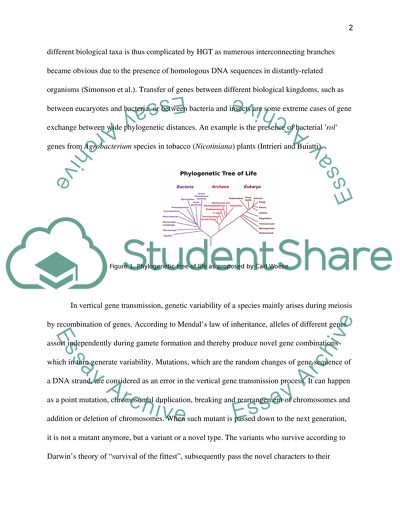Cite this document
(“Plant biology Essay Example | Topics and Well Written Essays - 1250 words”, n.d.)
Retrieved from https://studentshare.org/environmental-studies/1414973-plant-biology
Retrieved from https://studentshare.org/environmental-studies/1414973-plant-biology
(Plant Biology Essay Example | Topics and Well Written Essays - 1250 Words)
https://studentshare.org/environmental-studies/1414973-plant-biology.
https://studentshare.org/environmental-studies/1414973-plant-biology.
“Plant Biology Essay Example | Topics and Well Written Essays - 1250 Words”, n.d. https://studentshare.org/environmental-studies/1414973-plant-biology.


